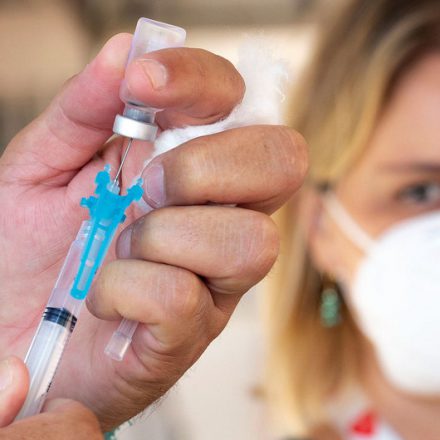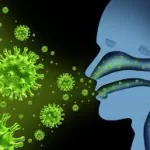The AIDS Society of India (ASI) has called on the Indian government to swiftly integrate HIV self-testing and pre-exposure prophylaxis (PrEP) into the country’s policies and programs. Highlighting the urgency of the situation, the ASI emphasized the need for wider adoption of these strategies to prevent HIV transmission and ensure early diagnosis.
One in five individuals living with HIV in India remain unaware of their HIV status, posing a major barrier to effective treatment and prevention. The World Health Organization (WHO) recommended HIV self-testing as a critical part of the HIV care cascade back in 2019. This method has the potential to bridge gaps in diagnosis, particularly among key populations at higher risk.
“We must ensure that 100 percent of people living with HIV know their status so they can access the full range of HIV care services and achieve viral suppression,” said Dr. Ishwar Gilada, President-Emeritus of the AIDS Society of India. “This is essential not only for their own health but also for the broader goal of ending AIDS.”
According to the latest edition of the National AIDS Control Organisation’s (NACO) 2023 ‘Sankalak’ report, 79 percent of people living with HIV (PLHIV) in India are aware of their status, 86 percent of them are receiving antiretroviral therapy (ART), and 93 percent of those on ART have achieved viral suppression. However, this translates to only 63 percent of the total PLHIV population in India being virally suppressed, far below the 2025 target of 86 percent.
Dr. Gilada acknowledged India’s significant role in global HIV prevention, noting that approximately 92 percent of PLHIV worldwide, as well as those at risk of contracting HIV, rely on antiretroviral medications produced in India. Yet, despite the country’s substantial contribution, PrEP—a medication that has proven effective in preventing HIV—remains absent from India’s National AIDS Control Programme (NACP).
Recent developments in HIV prevention include twice-yearly injections of Lenacapavir, which have been shown to prevent HIV in over 96 percent of at-risk individuals. While pharmaceutical giant Gilead has granted royalty-free voluntary licenses to six generic drug manufacturers, including four in India, it remains unclear how India will benefit from these advances if PrEP remains outside national policy.
Dr. Gilada pointed out that while HIV infections in India had been declining due to the large-scale implementation of ART through 750 government-run centers, there has been a worrying resurgence in new HIV cases since 2020, particularly among younger populations.
The ASI also highlighted the disproportionate burden of HIV among specific high-risk groups in India. HIV prevalence among migrants is four times higher than the national average, five times higher among truck drivers, nine times higher among inmates in central jails and female sex workers, 16 times higher among men who have sex with men (MSM), 18 times higher among transgender individuals, and a staggering 43 times higher among people who inject drugs.
With these alarming statistics in mind, the ASI is urging the government to take immediate action, ensuring that HIV self-testing and PrEP become accessible tools in India’s fight against HIV/AIDS.











